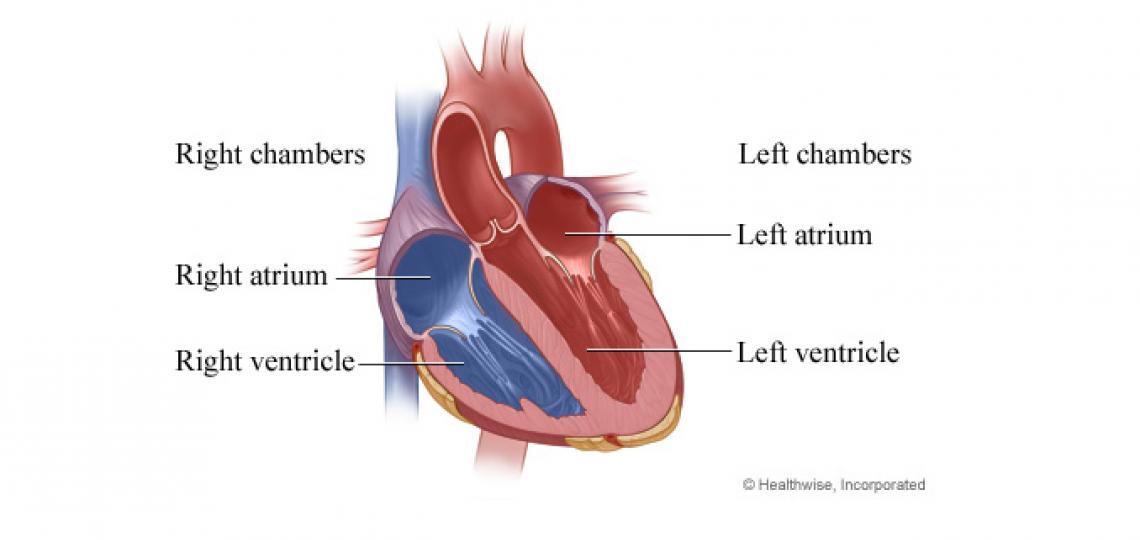An atrial septal defect is an opening in the wall that separates the upper chambers of the heart. It is one of the most common congenital heart defects, which are structural problems that develop before a baby is born or at birth.
When an atrial septal defect is present, some oxygen-rich blood that should have been pumped to the body flows from one side of the heart to the other. This blood is then pumped to the lungs. This creates extra work for one side of the heart.
If an atrial septal defect is large, heart failure may occur, although this is not common in children. Many children have no symptoms. So this defect may not be found until a child is older or becomes an adult.
A heart catheterization can typically be used to close the opening. This prevents blood from flowing between chambers
What is heart defect repair surgery?
Heart defect repair is surgery to fix a heart problem that prevents blood from flowing as it should through the heart. The doctor will make a large cut in your chest. The cut is called an incision. It usually is made through the breastbone (sternum). But some types of heart defects are repaired through a cut in the side of the chest between the ribs. The doctor will connect you to a machine that does the jobs of your heart and lungs. It’s called a heart-lung bypass machine. This machine lets the doctor stop your heartbeat while he or she works on your heart.
After the heart is repaired, the doctor will restart your heartbeat. He or she will disconnect the heart-lung machine. Then the doctor will use stitches or staples to close the incision in your chest.
Some heart defects can be fixed with one surgery. But it is possible that you may need more than one surgery to fix the defect.
What to Expect at Home—Your Recovery
Heart defect repair is surgery to fix a heart problem that prevents blood from flowing normally through the heart.
You can expect the cut (incision) in your chest to be sore for a few weeks. The doctor will take the stitches out of your incision about 1 to 3 weeks after surgery.
You will probably feel more tired than usual for several weeks after surgery. You may be able to do many of your usual activities after 4 to 6 weeks. But you will probably need 2 to 3 months to fully recover.
Some people find that they feel sad or more emotional while they are recovering after this surgery. This may last for up to 6 weeks after surgery. Talk with your doctor if your sadness continues or you have concerns about how you are feeling. Treatment and other support can help you feel better.
© Healthwise, Incorporated.








 Credit
Credit
